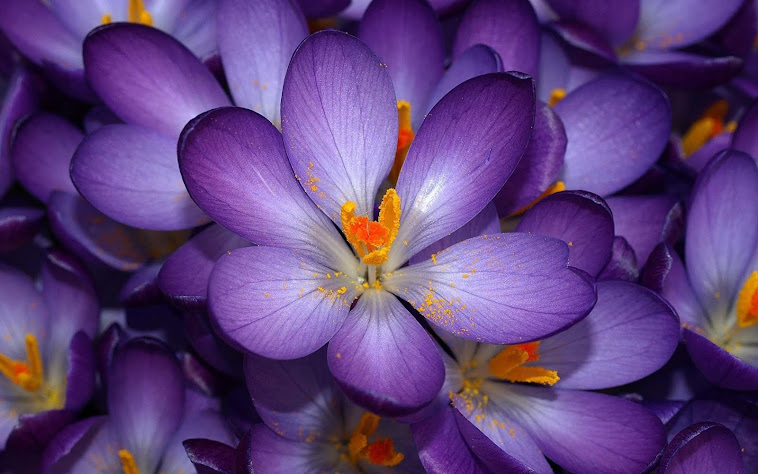What happens to Glucose;
In vascular plants, much of the glucose made during photosynthesis is converted into cellulose in order to build and repair cell walls.
In vascular plants, much of the glucose made during photosynthesis is converted into cellulose in order to build and repair cell walls.
After this, some of the glucose is converted to starch and
stored.
The glucose is used directly in cellular respiration, which
results in the production of ATP. The energy stored in ATP goes to build
molecules such as cellulose, starch and proteins. ATP also fuels active
transport, or transport of materials against concentration gradients. Active
transport is especially important when transporting minerals into the plant
from the soil against their concentration gradient.








